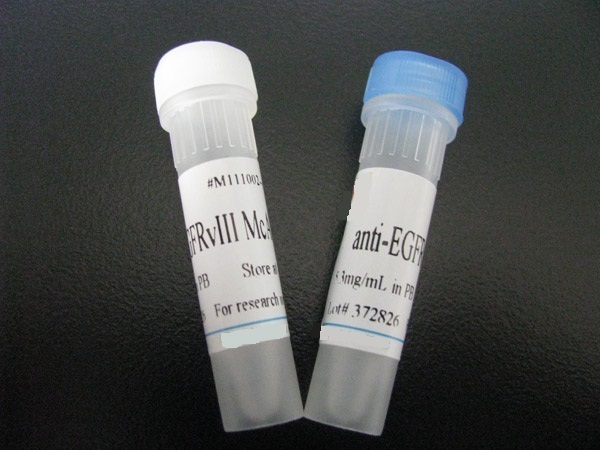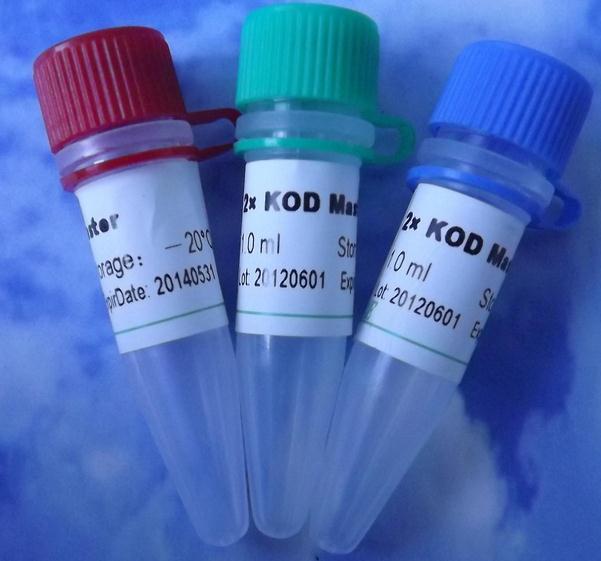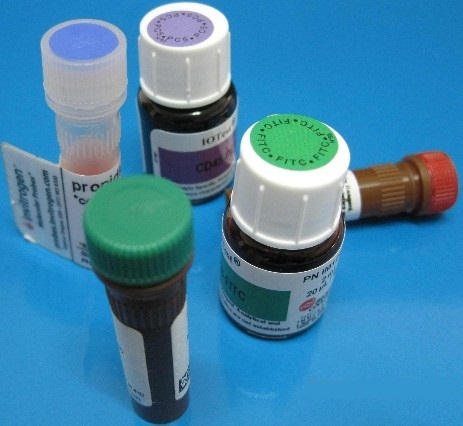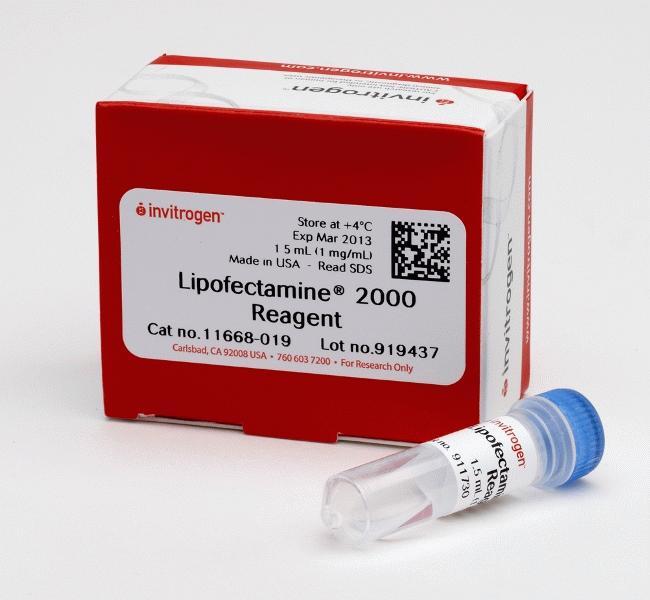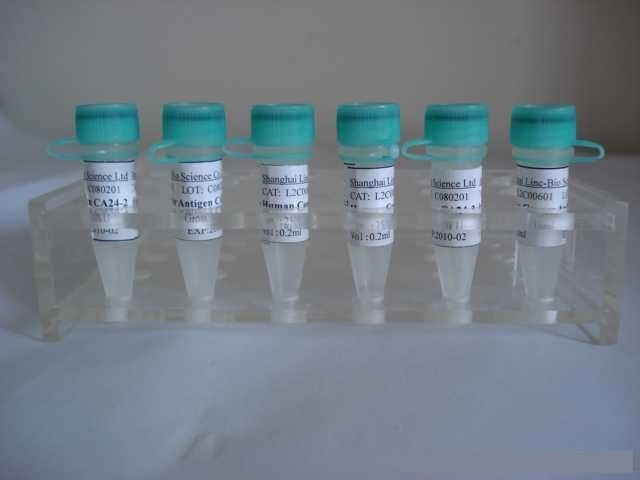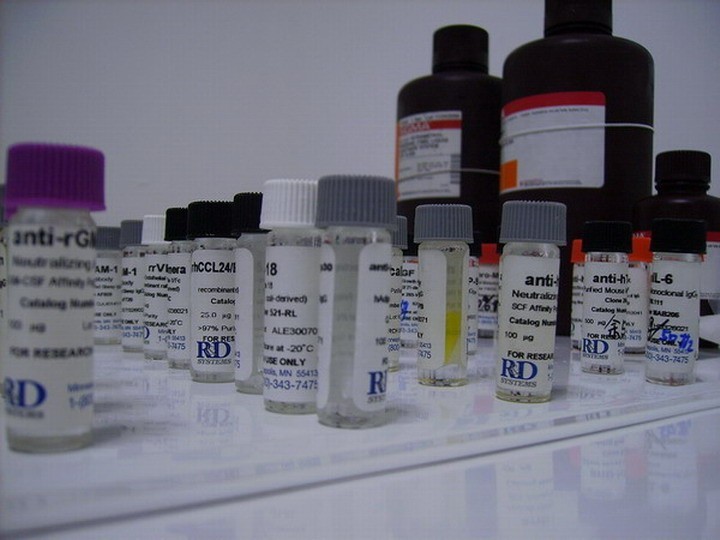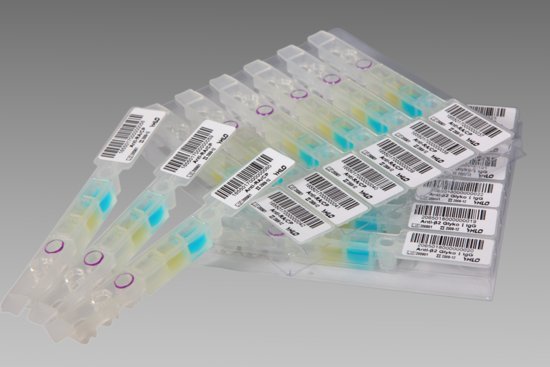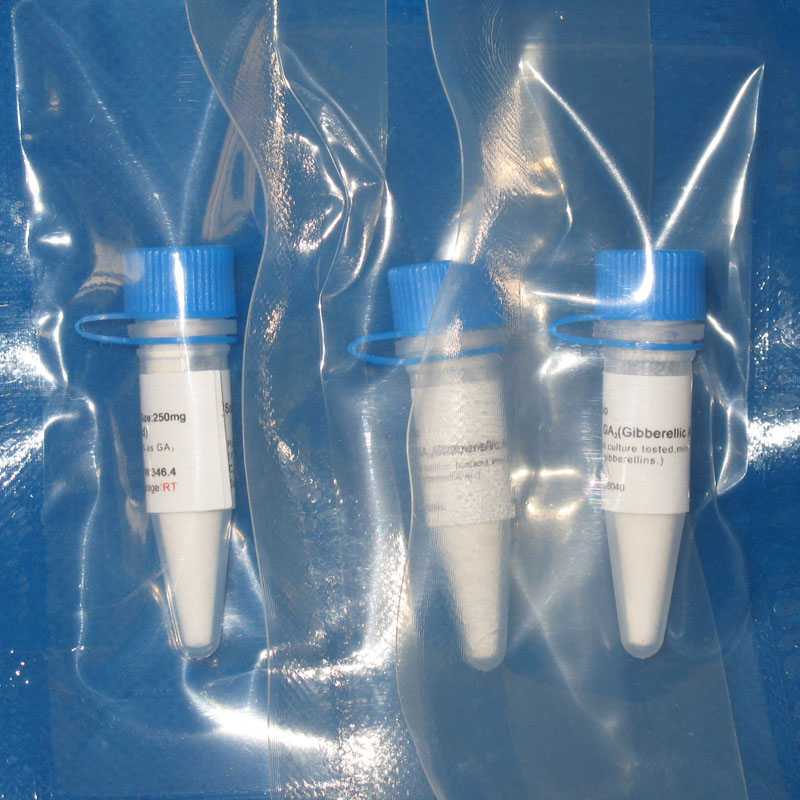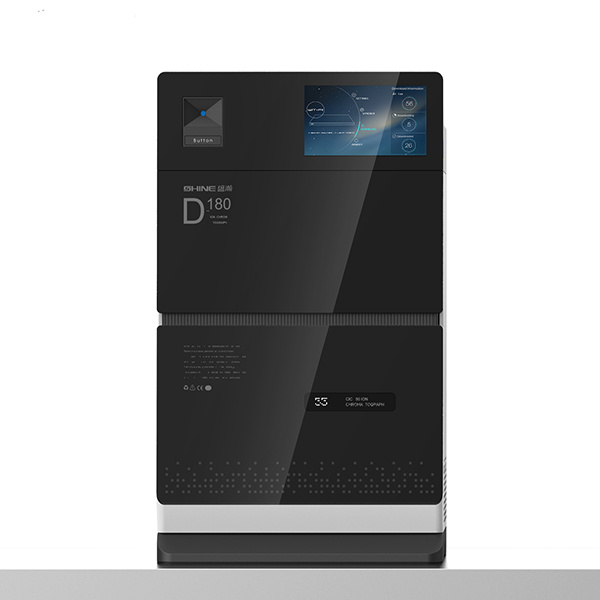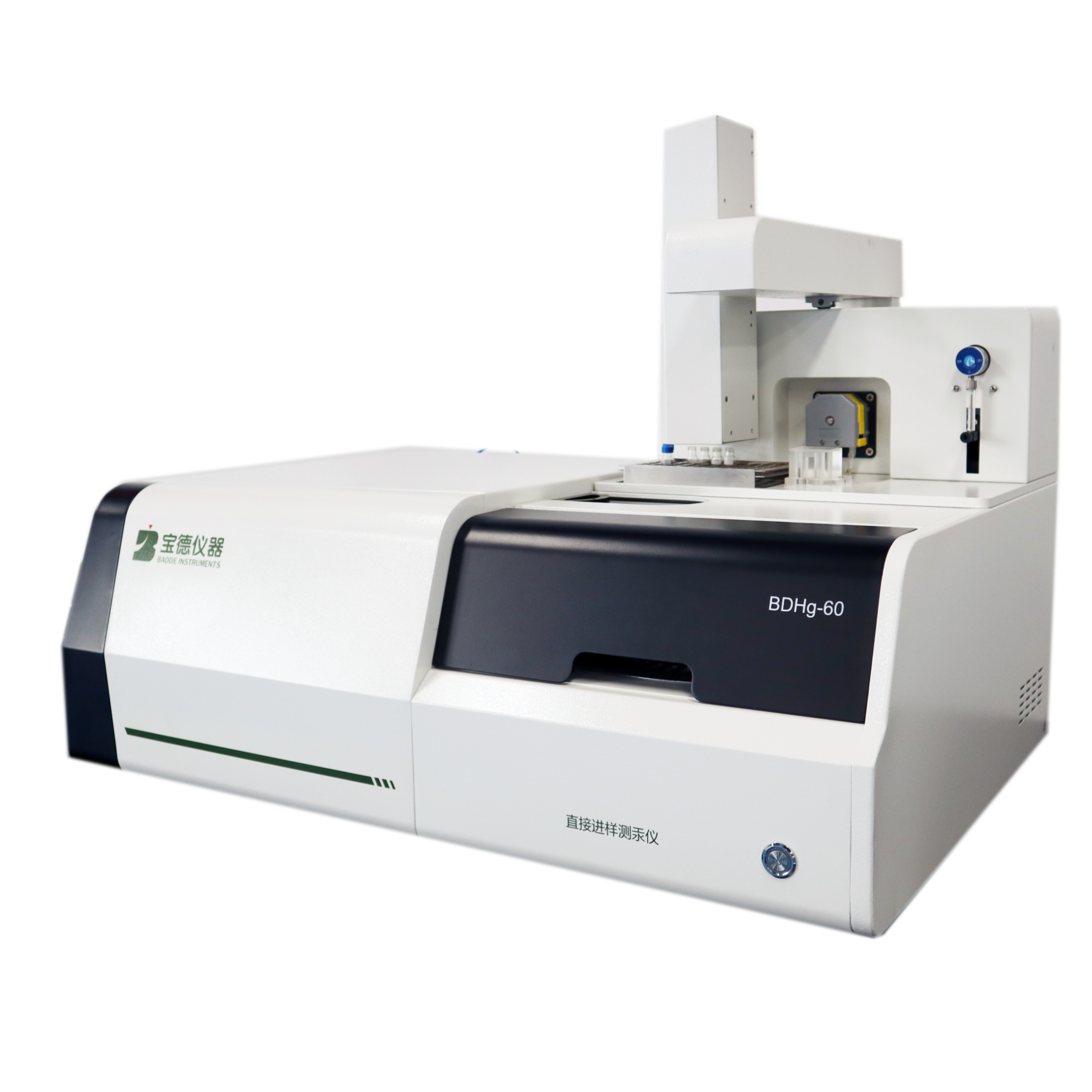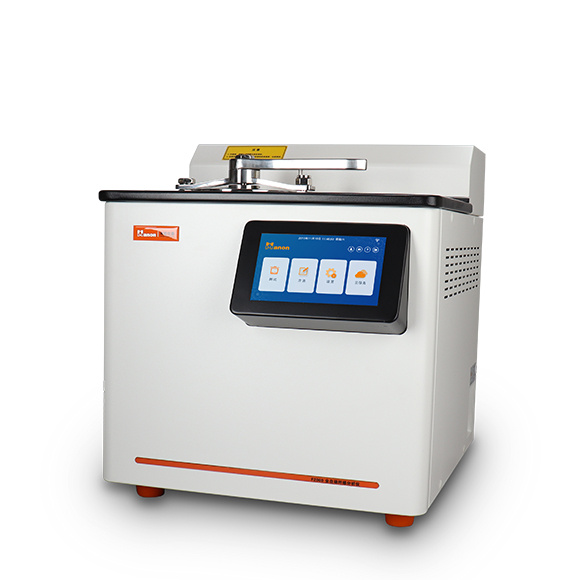浓 度 1mg/1ml
规 格 0.1ml/100μg 0.2ml/200μg
抗体来源 Rabbit
克隆类型 polyclonal
交叉反应 Human, Mouse
产品类型 一抗
研究领域 细胞生物 神经生物学 信号转导 激酶和磷酸酶
蛋白分子量 predicted molecular weight: 53kDa
性 状 Lyophilized or Liquid
免 疫 原 KLH conjugated synthetic peptide derived from human DOK7
亚 型 IgG
纯化方法 affinity purified by Protein A
储 存 液 Preservative: 15mM Sodium Azide, Constituents: 1% BSA, 0.01M PBS, pH 7.4
产品应用 WB=1:100-500 ELISA=1:500-1000 IP=1:20-100 IHC-P=1:100-500 IHC-F=1:100-500 ICC=1:100-500 IF=1:100-500
(石蜡切片需做抗原修复)
not yet tested in other applications.
optimal dilutions/concentrations should be determined by the end user.
保存条件 Store at -20 °C for one year. Avoid repeated freeze/thaw cycles. The lyophilized antibody is stable at room temperature for at least one month and for greater than a year when kept at -20°C. When reconstituted in sterile pH 7.4 0.01M PBS or diluent of antibody the antibody is stable for at least two weeks at 2-4 °C.
Important Note This product as supplied is intended for research use only, not for use in human, therapeutic or diagnostic applications.
接头蛋白DOK7抗体产品介绍 The downstream of kinase family (Dok1-7) are members of a class of “docking” proteins that include the tyrosine kinase substrates IRS-1 and Cas, which contain multiple tyrosine residues and putative SH2 binding sites. Based on their similarities, the Dok family of proteins can be divided into three subgroups: Dok-1/2/3, Dok-4/5/6 and Dok-7. Through its interaction with muscle-specific receptor kinase (MuSK), Dok-7 is crucial for neuromuscular synaptogenesis and for MuSK activation. Mice lacking Dok-7 do not form neuromuscular synapses nor acetylcholine receptor clusters. Mutations in the Dok-7 gene can cause congenital myasthenic syndromes (CMA) — recessively inherited disorders characterized by muscle weakness.
Function : Probable muscle-intrinsic activator of MUSK that plays an essential role in neuromuscular synaptogenesis. Acts in aneural activation of MUSK and subsequent acetylcholine receptor (AchR) clustering in myotubes. Induces autophosphorylation of MUSK.
Subcellular Location : Cell membrane. Cell junction > synapse. Accumulates at neuromuscular junctions.
Tissue Specificity : Preferentially expressed in skeletal muscle and heart Present in thigh muscle, diaphragm and heart but not in the liver or spleen (at protein level).
DISEASE : Defects in DOK7 are the cause of familial limb-girdle myasthenia autosomal recessive (LGM) [MIM:254300]; also called congenital myasthenic syndrome type 1B or CMS1B. LGM is a congenital myasthenic syndrome characterized by a typical 'limb girdle' pattern of muscle weakness with small, simplified neuromuscular junctions but normal acetylcholine receptor and acetylcholinesterase function.
Similarity : Contains 1 IRS-type PTB domain.
Contains 1 PH domain.
Database links :
![]()



